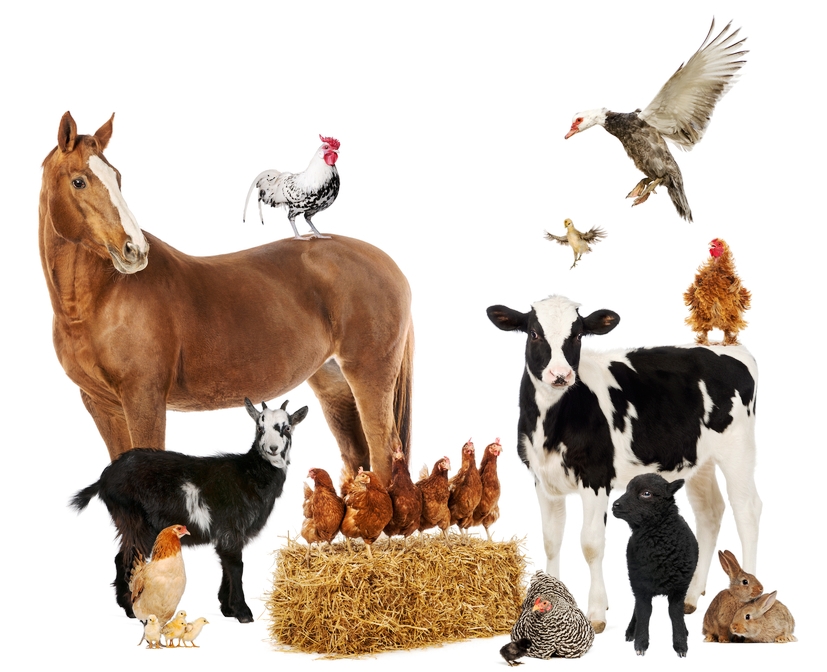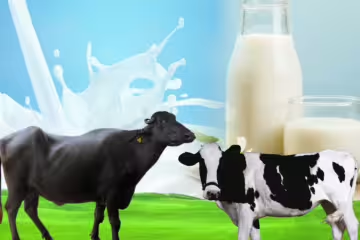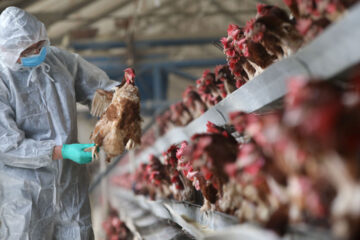Animals like dogs, cats, and livestock can carry diseases that spread to humans. These zoonotic diseases include rabies, leptospirosis, toxocariasis, and brucellosis. Here’s an overview of these diseases, their symptoms, and prevention methods.
Rabies
Rabies is a severe viral infection affecting the nervous system, often resulting in death if untreated. It is transmitted through the saliva of infected animals, primarily through bites. Although dogs are the main carriers, other animals like cats, bats, wolves, foxes, and monkeys can also carry the rabies virus without showing symptoms, contributing to its spread.
Symptoms in Animals: Infected animals exhibit behavioral changes, becoming aggressive and biting hard objects. Eventually, they experience paralysis, difficulty breathing, and die.
Symptoms in Humans: Infected humans experience muscle spasms, especially in the jaw, and fear of water. Symptoms can take up to a year to appear.
Detection and Diagnosis: If a dog shows signs of rabies or if there’s suspicion, it should be isolated and observed for 10-15 days. Rabies infection can also be detected by testing samples from the animal’s eyes or brain.
Treatment: Clean the wound with soap and water, apply antiseptic, and avoid stitching the wound as this can speed up the virus’s spread.
Prevention:
- Vaccinate pets against rabies at three months of age, followed by booster shots every two years.
- If bitten, humans should receive post-exposure vaccines on days 0, 3, 7, 14, and 28.
Leptospirosis
Leptospirosis is a bacterial infection caused by Leptospira interrogans, often transmitted through contaminated water or food, especially in flood-prone areas or where rats are common.
Symptoms: In humans, leptospirosis causes fever, muscle pain, jaundice, abdominal pain, and diarrhea. Severe cases can lead to kidney and liver failure.
Diagnosis: Testing for leptospirosis is available at Tamil Nadu Veterinary and Animal Sciences University (TANUVAS).
Prevention:
- Boil water before drinking and maintain hygiene.
- Prevent exposure to stagnant water, and wear protective footwear in contaminated areas.
- Vaccinate pets against leptospirosis.
Toxocariasis (Roundworm Infection)
This disease is caused by roundworm larvae found in dogs and cats, especially puppies and kittens. The larvae enter humans through contact with contaminated soil, affecting the skin and eyes.
Symptoms: Mild cases may go unnoticed, but symptoms can include abdominal pain, muscle aches, and fatigue. Severe cases may lead to vision problems and nerve damage.
Prevention:
- Deworm pets regularly, especially puppies at 2, 4, 6, and 8 weeks, then monthly until six months, and every six months after that.
- Avoid letting children play with animals in unsanitary conditions.
Brucellosis
Brucellosis affects cattle and buffalo, leading to miscarriage and birth complications. It can spread to humans through unpasteurized milk or contact with infected fluids.
Symptoms in Animals: Causes abortion in pregnant cows during the last trimester and weak calves.
Prevention:
- Vaccinate female calves between 4 to 8 months old.
- Isolate infected animals and disinfect barns with phenyl.
- Destroy contaminated materials by burning or burying.
For Humans: Avoid unpasteurized dairy and take precautions when handling animals.
Through proper vaccination, hygiene practices, and veterinary guidance, zoonotic diseases can be effectively managed.
Dr. N. Bharathi, Dr. P. Vasanthakumar, Dr. K. Vijayakumar, Veterinary University Training and Research Center, Karur – 639 006.










